Lyndon Baines Johnson Library and Museum
Introduction
Author-Uploaded Audio
Listen to a narration of this entry's description by Holley Snaith.
Text-to-speech Audio
Images
The iconic ten-story building was designed by award-winning architect Gordon Bunshaft and features a Great Hall with a stunning four-story, glass-encased view of the archives collection
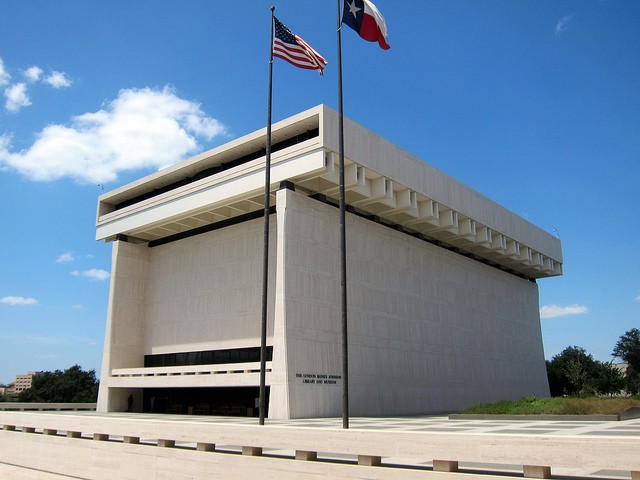
The Passage of Power: The Years of Lyndon Johnson-Click the link below for more information about this book series by Robert Caro
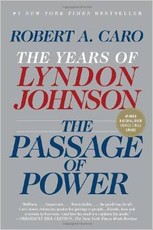
Master Of The Senate: The Years of Lyndon Johnson--Click the link below for more information about this book series by Robert Caro
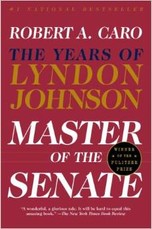
Lyndon Johnson and President Richard Nixon at the dedication of the Lyndon Johnson Library and Museum, May 22, 1971
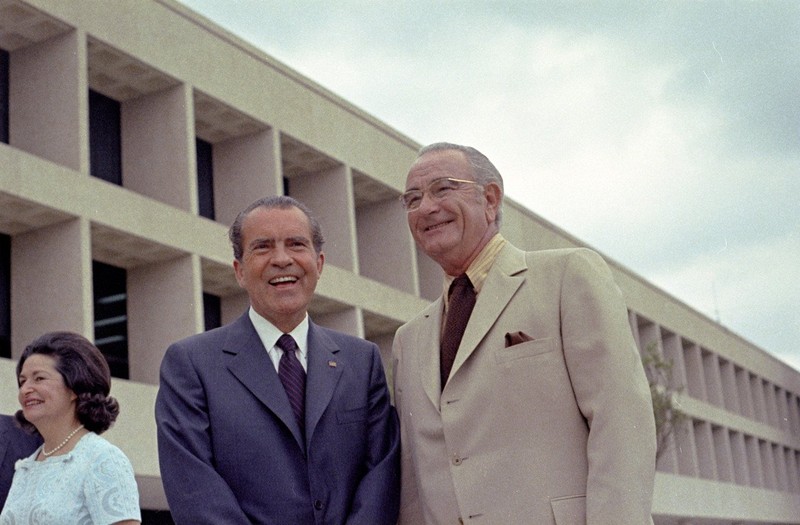
Replica of LBJ's Oval Office in the LBJ Library
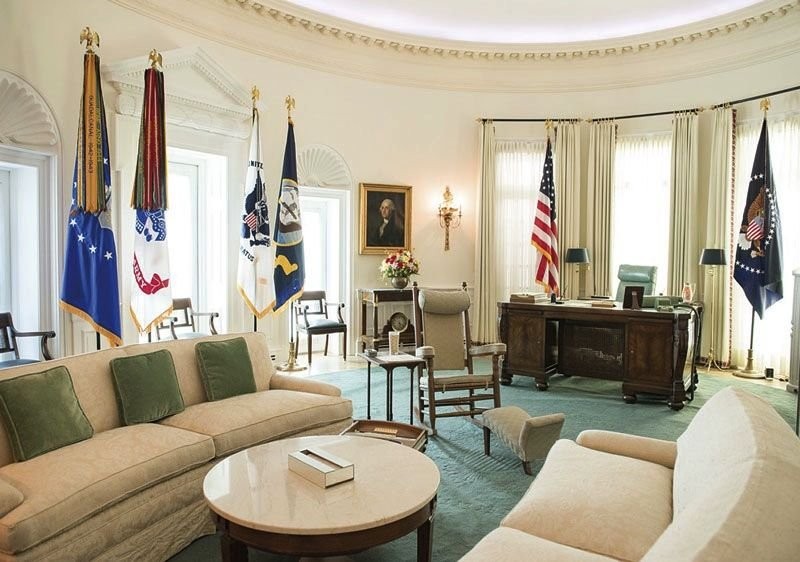
Civil Rights exhibit in the LBJ Library
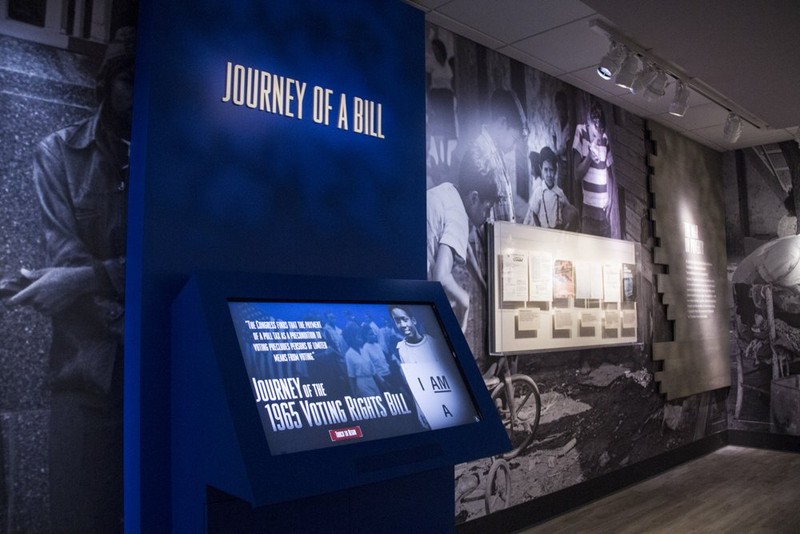
Clothes Lady Bird Johnson wore as first lady, as well as other artifacts from her life
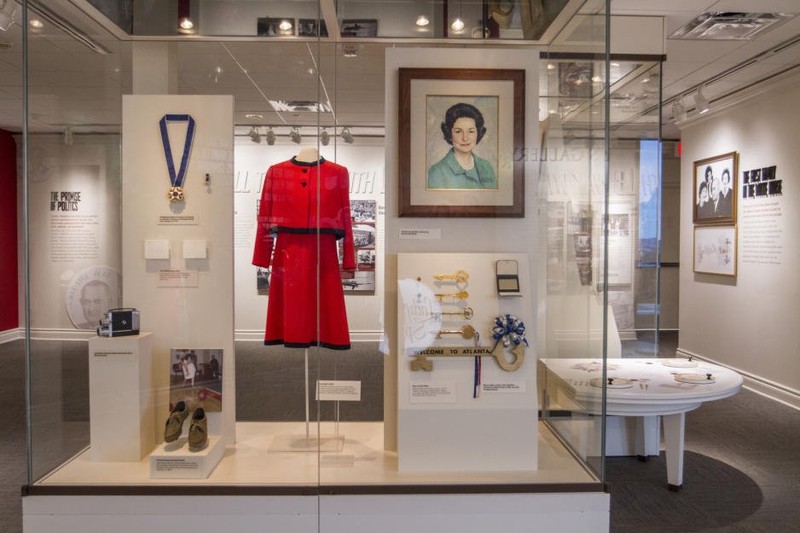
Lyndon and Lady Bird Johnson posing in front of the new Lyndon Baines Johnson Library and Museum both took an active role in planning
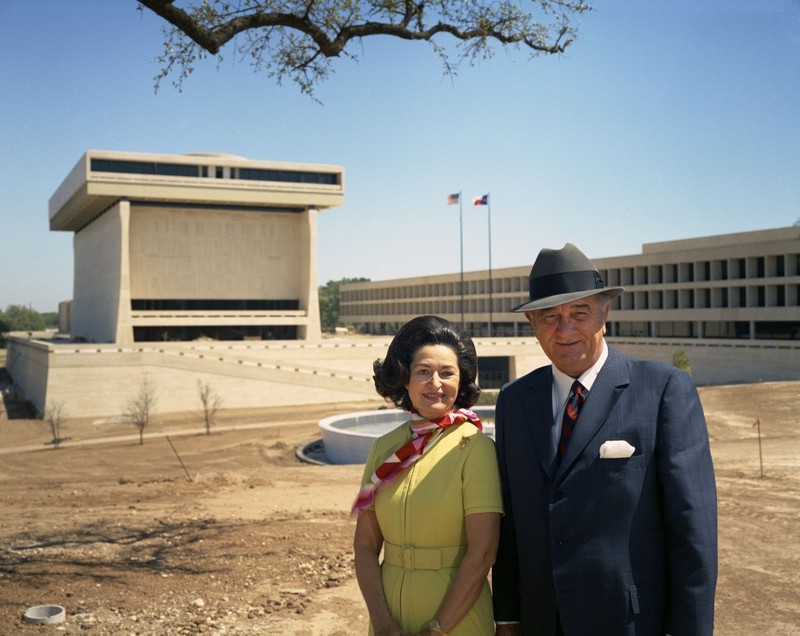
Backstory and Context
Author-Uploaded Audio
Listen to a narration of this entry's description by Holley Snaith.
Text-to-speech Audio
It was in a letter he composed on August 13, 1965 that President Johnson deeded his presidential and personal papers to the people of the United States, to be housed in the Lyndon Baines Johnson Library and Museum. On September 6, 1966, Johnson and The University of Texas at Austin reached an agreement that the Library be built on the campus, in partnership with a School of Public Affairs, and the National Archives would maintain the building under the presidential library system.
It was Lady Bird Johnson who actively studied the layouts and designs of the four existing presidential libraries and traveled to New York in search for the perfect architect. She then presented her husband with three candidates and the two decided on Gordon Bunshaft. Bunshaft worked on the ten story building's design all through 1966 and construction began the following year on The University of Texas campus.
For two years, beginning the day LBJ left office in 1969, the Library operated in the Federal Building located in Austin. Finally on May 22, 1971 the Lyndon Baines Johnson Library and Museum was opened to the public, making it the first presidential library to function on a university campus. At the dedication, Johnson said, "We have papers from my four decades of public service in one place for friend and foe to judge, to approve or disapprove." The University of Texas reported that the total cost for building the Library and Lyndon Baines Johnson School of Public Affairs was around $18 million.
The museum houses around 55,000 objects donated by the Johnson family and many close friends and colleagues. Featured are gifts from all over the world as well as artistic masterpieces done by famous artists as well as average citizens. Also on display is the inaugural dress Lady Bird Johnson wore in 1965 and the desk used to sign the Voting Rights Act of 1965. After Lyndon Johnson's death in January 1973, Lady Bird Johnson continued to play an active role at the LBJ Library. Johnson left instructions that his White House tapes not be released until 50 years after his passing, but Lady Bird approved their release to the public in the 1990s.
In 2011, renovations began on the Library, bringing new exhibits and materials to light for the public to take a new look at the life and presidency of Lyndon and Lady Bird Johnson. The renovated and redesigned library and museum was reopened in time for Lady Bird Johnson's centennial, December 22, 2012. The Lyndon Baines Johnson Library and Museum offers a fascinating and in-depth look into the life and character of one of America's most fascinating and complex presidents.
Sources
History of the LBJ Presidential Library. LBJ Presidential Library. Accessed June 20, 2018. http://www.lbjlibrary.org/press/media-kit/history-of-lbj-presidential-library.
Kratz, Jessie. Lady Bird Johnson: The Mastermind Behind the LBJ Presidential Library. National Archives: Pieces of History. October 23, 2015. Accessed June 20, 2018. https://prologue.blogs.archives.gov/2015/10/23/lady-bird-johnson-the-mastermind-behind-the-lbj-presi....
LBJ Presidential Library. LBJ Presidential Library. Accessed June 20, 2018. http://www.lbjlibrary.org/page/library-museum/.
LBJ Library Opens New Exhibits After Multi Million Dollar Renovation. LBJ Presidential Library. December 05, 2012. Accessed June 20, 2018. http://www.lbjlibrary.org/press/lbj-library-opens-new-exhibits-after-multi-million-dollar-renovation.
